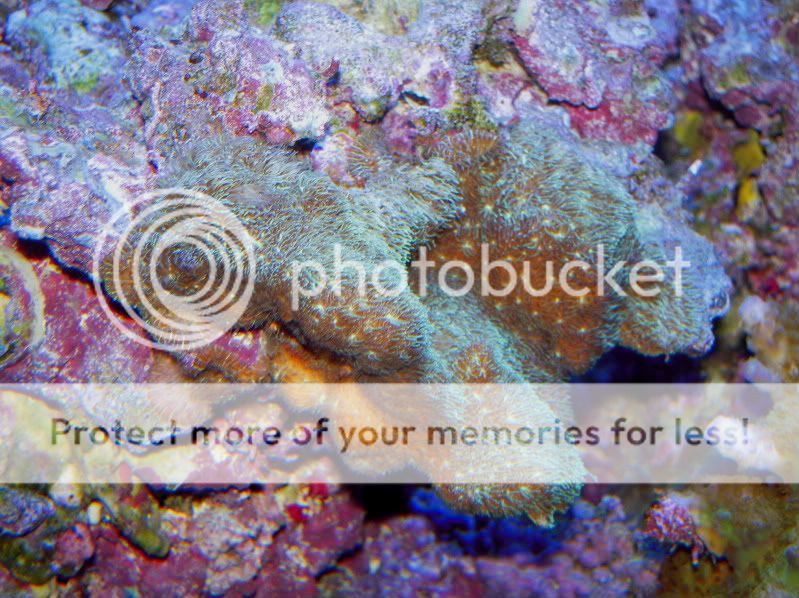- Location
- Wallingford, CT
Is there a way to erradicate star polyps from a rock without epoxing or removing the rock?
I have a couple of small colonies of SPS on the rock and the rock is a bit large.
This stuff is so freakin durable that I had the rock for probably 5 yrs without signs of the star polyps until I took all my angels out of the tank about 8 months ago. It's like aptasia that festers in crevices until it has a chance to proliferate without any predators. I've never introduced any star polyps in this SPS tank because I know that it will encroach SPS and kill it and also spread like crazy.
Whan I kept a few angels in the tank, I never saw asterina, aiptasia or star polyps but now all 3 are present. I will not put any type of angel back into this tank because I only came to realize what polyp extension is, after I removed all the angels.
Any good ideas?
I have a couple of small colonies of SPS on the rock and the rock is a bit large.
This stuff is so freakin durable that I had the rock for probably 5 yrs without signs of the star polyps until I took all my angels out of the tank about 8 months ago. It's like aptasia that festers in crevices until it has a chance to proliferate without any predators. I've never introduced any star polyps in this SPS tank because I know that it will encroach SPS and kill it and also spread like crazy.
Whan I kept a few angels in the tank, I never saw asterina, aiptasia or star polyps but now all 3 are present. I will not put any type of angel back into this tank because I only came to realize what polyp extension is, after I removed all the angels.
Any good ideas?




